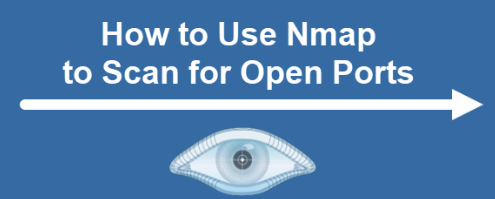Best way to Access the Dark Web Without Getting Caught
Learn the safest methods to access the Dark Web securely, protecting your identity and privacy while avoiding legal risks and cyber threats
what is Dark Web?
Before diving into the methods of accessing the dark web, it’s essential to understand what it is. The dark web is a part of the internet that isn’t indexed by traditional search engines. It requires specific software, configurations, or authorization to access. While it can be a haven for privacy advocates and whistleblowers, it also hosts illegal activities, making it a double-edged sword.
1. Use a VPN
One of the most critical steps in accessing the dark web safely is using a Virtual Private Network (VPN). A VPN encrypts your internet connection, masking your IP address and making it difficult for anyone to trace your online activities back to you. When choosing a VPN, consider the following:
- No-logs policy: Ensure the VPN provider does not keep logs of your activity.
- Strong encryption: Look for a service that uses robust encryption protocols.
- Reputation: Research the provider’s reputation and read user reviews.
2. Download Tor Browser
The most common way to access the dark web is through the Tor network. Tor (The Onion Router) is a free software that enables anonymous communication. To use it:

- Download the Tor Browser: Visit the official Tor Project website to download the browser. Avoid third-party sites to prevent malware.
- Install and configure: Follow the installation instructions. You may want to adjust the security settings for enhanced protection.
- Access .onion sites: Once installed, you can access websites with the .onion domain, which are exclusive to the Tor network.
3. Enhance Your Security Settings
While using Tor, it’s essential to enhance your security settings to minimize risks:
- Use the highest security level: In the Tor Browser, you can adjust the security level to “Safest,” which disables certain features that could compromise your anonymity.
- Disable scripts: Turn off JavaScript and other potentially harmful scripts that could expose your identity.
- Avoid downloading files: Downloading files can lead to malware infections or accidental exposure of your identity.
4. Create a New Identity
When accessing the dark web, it’s wise to create a new online identity. This means:
- Use a pseudonym: Avoid using your real name or any identifiable information.
- Create a new email account: Use a secure email service that prioritizes privacy, such as ProtonMail or Tutanota.
- Avoid linking accounts: Do not link your dark web activities to your regular online accounts.
5. Be Cautious with Your Activities
Once you’re on the dark web, exercise caution in your activities:
- Stay away from illegal content: Engaging in illegal activities can lead to severe consequences. Stick to forums and sites that focus on privacy, security, and legitimate discussions.
- Be wary of scams: The dark web is rife with scams. Always verify the credibility of sites and users before engaging in any transactions or sharing information.
- Limit your time online: The longer you spend on the dark web, the higher the risk of exposure. Set a time limit for your exploration.
6. Use Additional Privacy Tools
For an extra layer of security, consider using additional privacy tools:
- Tails OS: This is a live operating system that you can start on almost any computer from a USB stick or a DVD. It leaves no trace and is designed for privacy.
- Secure messaging apps: If you need to communicate with others on the dark web, use encrypted messaging apps like Signal or Wickr.
Conclusion
Accessing the dark web can be a fascinating journey into the unknown, but it comes with significant risks. By following the best practices outlined in this post, you can explore this hidden part of the internet while minimizing the chances of getting caught. Always prioritize your safety and legality, and remember that curiosity should never come at the expense of your security. Happy exploring!






